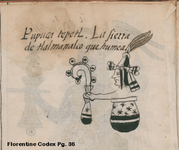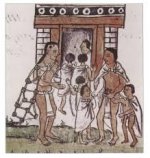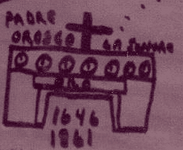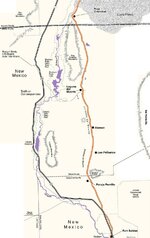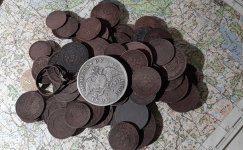somehiker
Silver Member
- May 1, 2007
- 4,365
- 6,426
- Primary Interest:
- All Treasure Hunting
That one is from a page of the Florentine codex, a Quetzalcoatl warrior.
Although there are only six circles on the staff, they may denote 6 places of importance.
If so, then why has one more been added to the staff/standard on the map ?
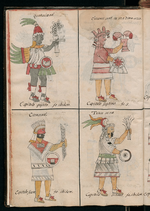
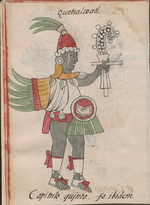
Florentine Codex - Wikipedia, the free encyclopedia
I find this codex to be the most interesting of them all, because within it's 729 pages it contains a history of the conquest of Tenochtitlan, including the events surrounding the rebellion, the death of Moctezuma and the subsequent "La Noche Triste". Also the recovery of the Aztec treasure and Moctezuma's body from the lake, along with the disposition of both....
Although there are only six circles on the staff, they may denote 6 places of importance.
If so, then why has one more been added to the staff/standard on the map ?


Florentine Codex - Wikipedia, the free encyclopedia
I find this codex to be the most interesting of them all, because within it's 729 pages it contains a history of the conquest of Tenochtitlan, including the events surrounding the rebellion, the death of Moctezuma and the subsequent "La Noche Triste". Also the recovery of the Aztec treasure and Moctezuma's body from the lake, along with the disposition of both....
Last edited:


